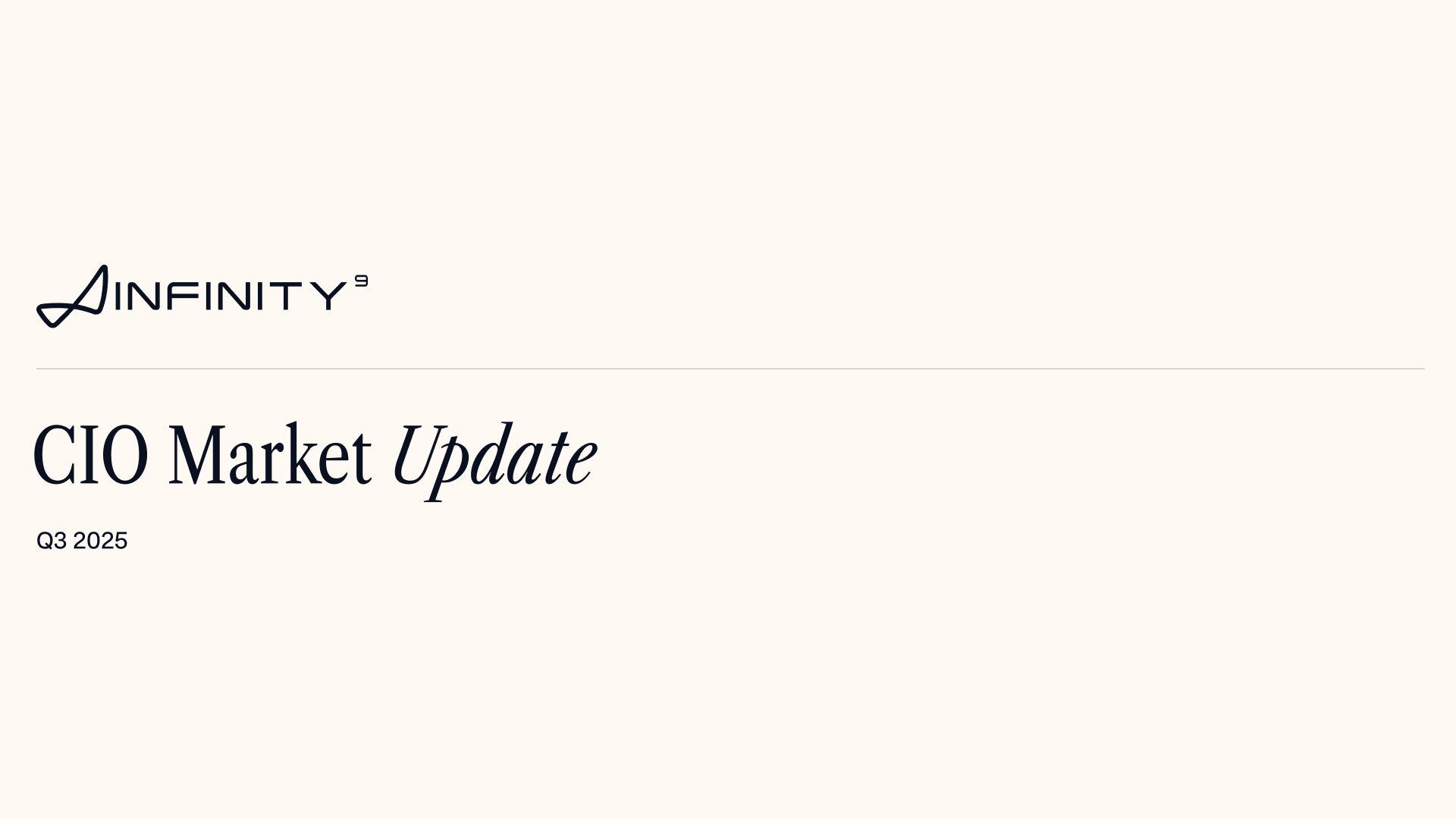Introduction: What the Pros Know (and You Can Too)
When most people think of institutional investors, they imagine something distant and complex: billion-dollar funds, boardrooms in New York, and strategies only MBAs can understand.
But here’s the truth. What sets them apart isn’t size. It’s mindset.
The way institutional investors think—long-term, disciplined, methodical—is something anyone can apply. You don’t need a huge fortune to benefit from that way of thinking. You need clarity, structure, and purpose.
This article breaks down how institutions invest and how you can use those same tools to build a smarter, stronger personal portfolio. Especially if you're a Latin American investor navigating volatile markets, inflation, or uncertainty, this perspective can help you take control with greater confidence.
1. Long-Term Thinking: The Institutional Time Horizon
Harvard’s endowment or Norway’s sovereign wealth fund don’t make investment decisions based on what the market might do next quarter. Their time horizon is decades.
This gives them powerful advantages:
- They can tolerate short-term volatility
- They can access less liquid, higher-return investments
- They can ride out market cycles instead of reacting to them
How to Apply This:
Most individual investors check their portfolio too often and react emotionally. But if your goals are 10, 20, or 30 years away, you need to think like an institution. Patience isn’t weakness. It’s a strategy.
2. Asset Allocation: The Core of the Strategy
Ask any institutional investor where returns come from and they’ll tell you: asset allocation.
Not market timing. Not stock picking. But how your capital is divided across different asset classes.
Institutions typically hold:
- Global public equities
- Government and corporate bonds
- Private equity
- Institutional real estate
- Infrastructure
- Alternatives like hedge funds, venture capital, or commodities
How to Apply This:
Even without access to all these asset classes, you can still build a personal portfolio using the same logic. Spread your risk. Avoid overconcentration. Think about how each piece fits together to weather different market environments.
It’s not about owning a little bit of everything. It’s about owning the right mix for your goals.
3. Redefining Risk: Institutions Don’t Just Worry About Volatility
For institutions, “risk” doesn’t mean something went down last month. Risk means failing to meet your mission, whether that’s paying pensions, funding scholarships, or preserving wealth for generations.
They use advanced models to stress test scenarios, simulate drawdowns, and manage exposure carefully. Risk can’t be eliminated, but it can be understood and managed.
How to Apply This:
Your biggest financial risk isn’t short-term market dips. It’s not being able to send your kids to college. Or not having enough to retire. Start thinking about risk through that lens and build accordingly.
Volatility isn’t the enemy. Permanent loss is.
4. Discipline Over Emotion: Governance as an Edge
Institutions don’t panic sell. They don’t buy into hype. Why? Because they have process.
Investment committees. Written policies. Quarterly reviews. Clearly defined mandates. These structures create discipline.
How to Apply This:
Write your own personal investment policy. Define your goals, your strategy, your rebalancing rules, and stick to it. When markets get noisy, your plan is your anchor.
Without a framework, emotions take over. With one, you make better decisions even in chaos.
5. Private Markets: The Institutional Advantage
One of the least talked-about strategies of institutional investors is their allocation to private markets.
These are investments you won’t find on the stock exchange:
- Private equity deals
- Private credit
- Institutional real estate projects
They’re less liquid, but often offer higher returns. Institutions know that you don’t need daily liquidity if you have a long-term horizon.
How to Apply This:
Most Latin American investors are overexposed to informal real estate and public stocks. But institutional-style private deals are more accessible than ever, especially through firms like Infinity⁹, which offer access to rigorously vetted, professionally managed private real estate.
Your capital shouldn’t be stuck in a box. But it also doesn’t need to be 100 percent liquid. That tradeoff can work in your favor.
6. Strategic Rebalancing: Stay the Course, Adjust the Weights
Institutions don’t make big market bets. But they do rebalance regularly. When one asset class rises, they trim it back. When another falls, they add to it.
This discipline helps them stay aligned with their strategy and often results in buying low and selling high, without trying to time the market.
How to Apply This:
Rebalancing is one of the simplest but most powerful tools in investing. It forces you to stay intentional. It protects you from drifting into unintended risks.
Most people don’t do it. But you can and should.
7. Relationships Matter: The Long-Term Network Effect
Institutions think in decades, and they build relationships accordingly.
They don’t chase hot funds or rotate between managers every year. They develop trust with high-quality partners, get access to off-market deals, and benefit from years of shared learning.
How to Apply This:
Surround yourself with people who think long-term. Choose advisors and managers who invest with integrity and clarity. Build your own “investment circle” where consistency matters more than flash.
Smart capital flows through smart relationships.
8. Frameworks Over Forecasts
Institutions don’t waste time trying to guess what the Fed will do next. They operate within frameworks.
That means defining clear principles and sticking to them regardless of headlines. It means knowing who you are as an investor.
At Infinity⁹, we call this a Capital Framework. It’s not a rigid rulebook. It’s a living system that adapts to your goals, your risk tolerance, and your timeline.
Because there are no bad markets. Only bad strategies.
How to Apply This:
Start building your own framework. Write it down. Revisit it every year. Treat your portfolio like it matters, because it does.
Conclusion: Think Like the Pros, Act with Purpose
You don’t need billions to adopt an institutional mindset. You just need to stop improvising.
Thinking like a professional investor doesn’t mean you have to become one. But it does mean recognizing that wealth is built with intention, not impulse.
You have access to tools, strategies, and partners that once felt out of reach. Now it’s up to you to build your personal version of excellence.
The market won’t wait. But with the right thinking, you don’t need to chase it.







